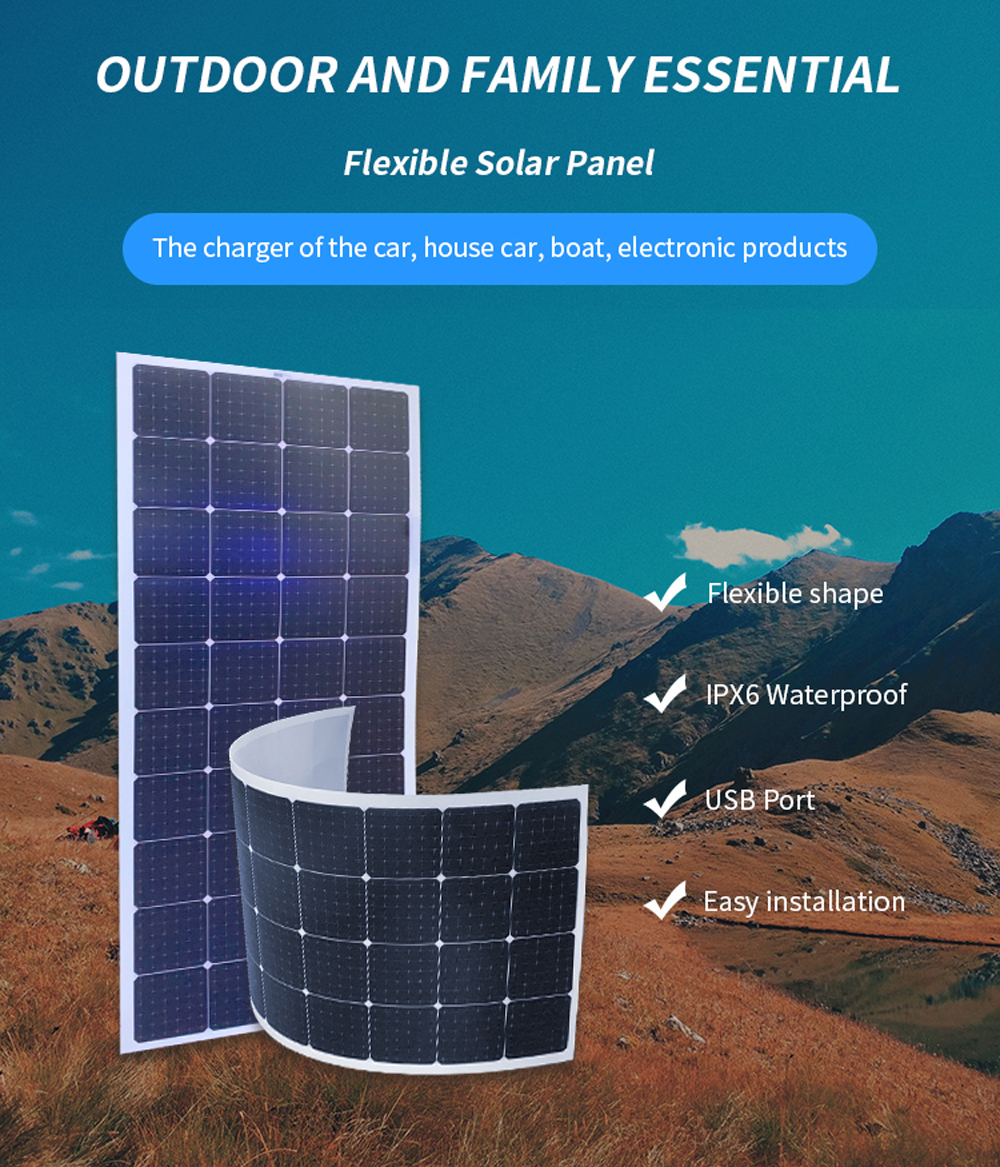Characteristics of Flexible Solar Cells: Differences from Conventional Cells and Preparation Methods

In this article, we will explore the characteristics of flexible solar cells, highlight their differences from conventional cells, and delve into their preparation methods.
Characteristics of Flexible Solar Cells:
1.1 Bendability and Lightweight: One of the defining features of flexible solar cells is their ability to bend and conform to various surfaces. Unlike rigid conventional solar cells, flexible cells are made using thin and lightweight materials, enabling them to be installed on curved or irregularly shaped structures. This flexibility allows for creative and efficient use of available space, opening up new opportunities for solar power generation.
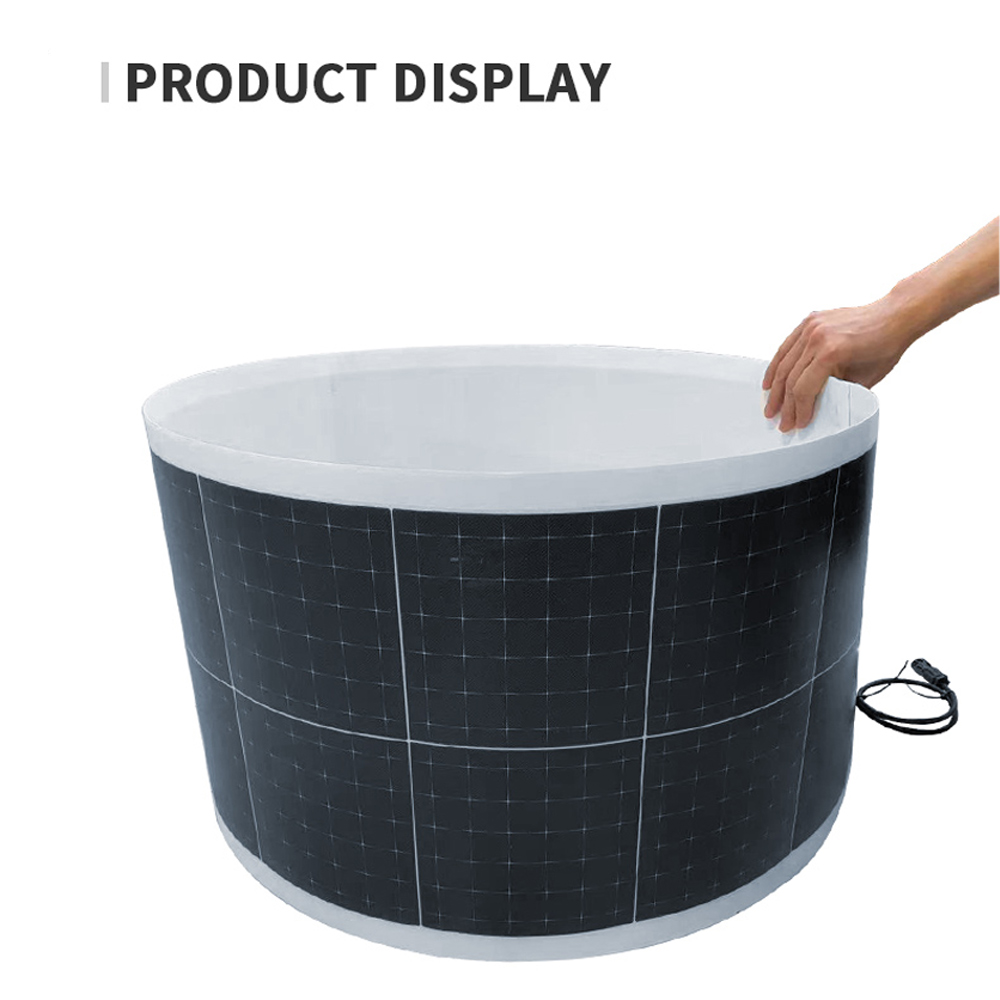
1.2 Enhanced Durability: Flexible solar cells are often constructed using robust and resilient materials, such as thin-film technologies. These materials offer improved resistance to environmental factors, including temperature variations, humidity, and mechanical stress. This durability makes flexible cells suitable for diverse applications, such as building-integrated photovoltaics, wearable electronics, and portable charging devices.
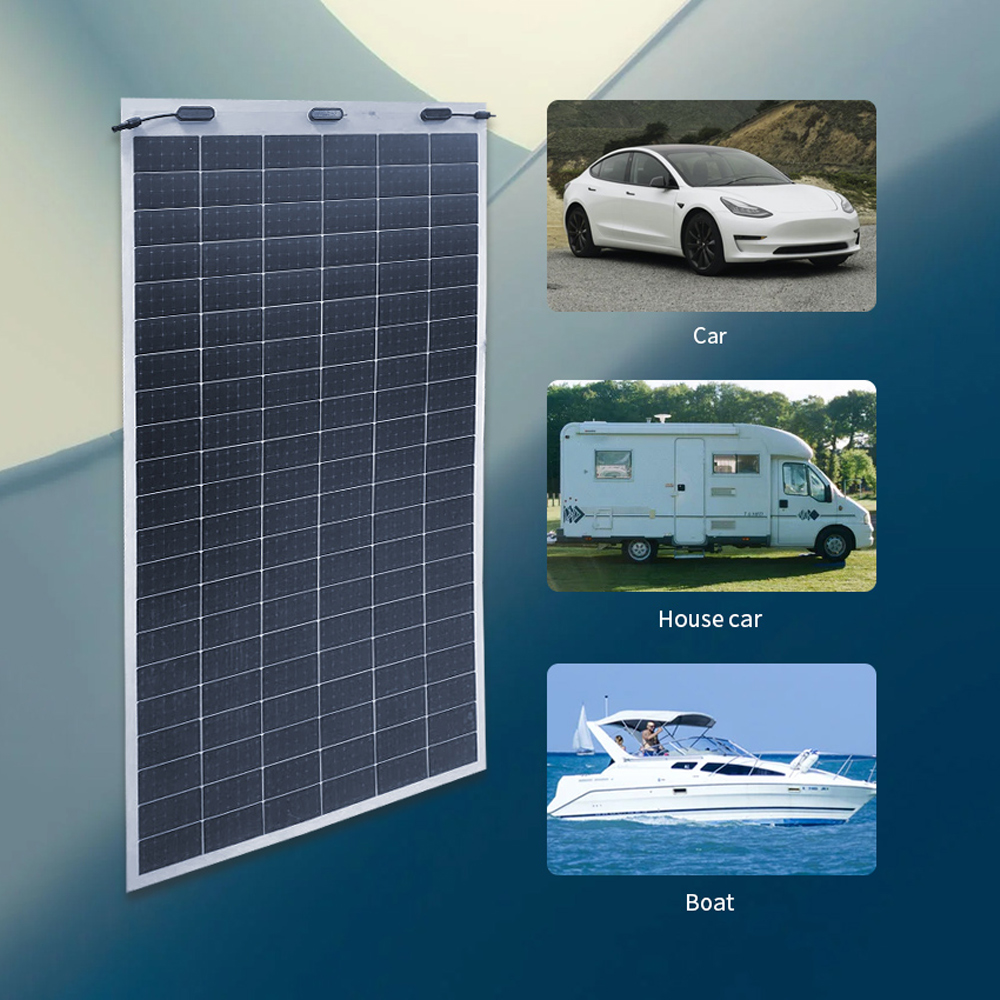
1.3 Versatile Integration: The flexibility of these solar cells allows them to be seamlessly integrated into a wide range of products and surfaces. They can be incorporated into fabrics, curved surfaces, or even on objects with complex geometries. This versatility has led to the development of solar-powered clothing, flexible electronic devices, and portable chargers, among other applications.
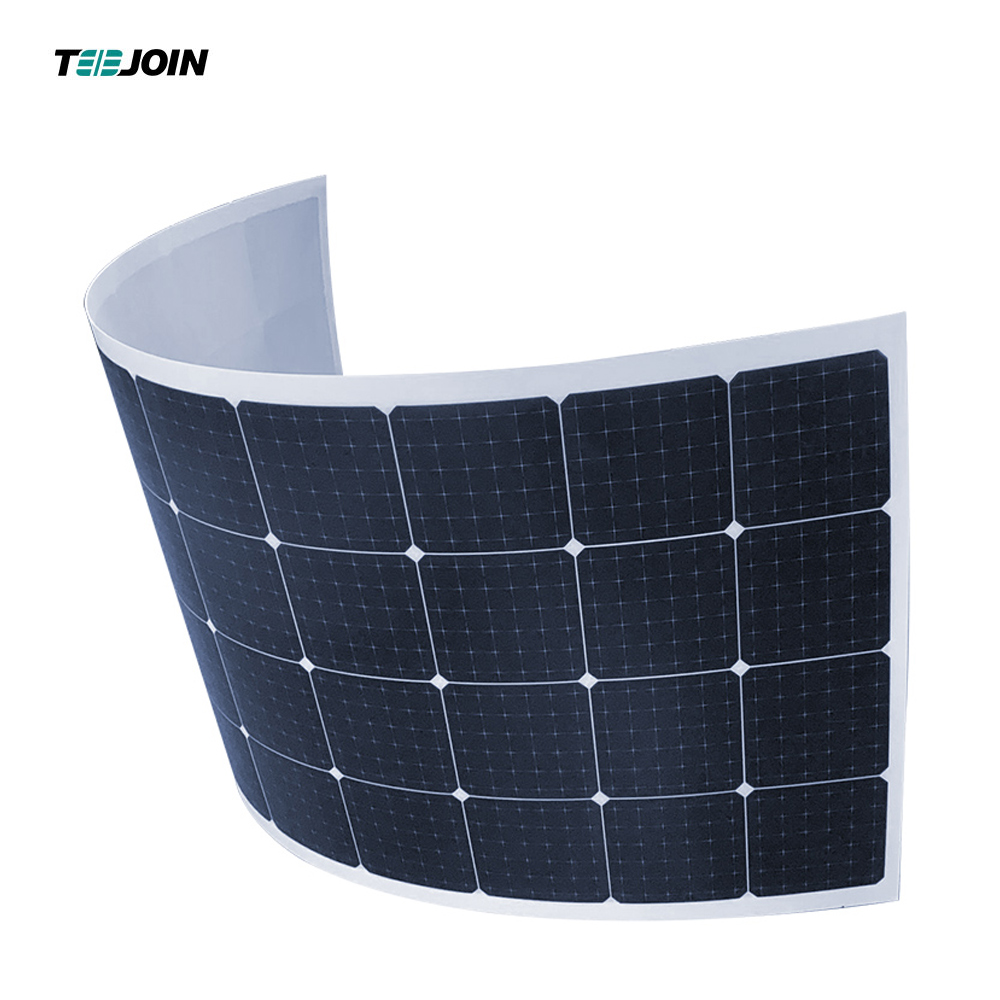
1.4 Light Capture Efficiency: Flexible solar cells employ advanced technologies, including thin-film and organic photovoltaics, to capture sunlight and convert it into electrical energy. While their efficiency may not yet match that of conventional silicon-based cells, ongoing research and development efforts are continually improving their performance. Furthermore, flexible cells exhibit better performance under non-optimal lighting conditions, making them suitable for indoor applications and in regions with limited direct sunlight.
Differences from Conventional Solar Cells:
2.1 Material Composition: Conventional solar cells primarily use rigid crystalline silicon as the main material, whereas flexible solar cells incorporate thin-film materials, such as amorphous silicon, cadmium telluride (CdTe), or organic compounds. These materials offer improved flexibility and allow for the fabrication of lightweight and bendable solar cells.
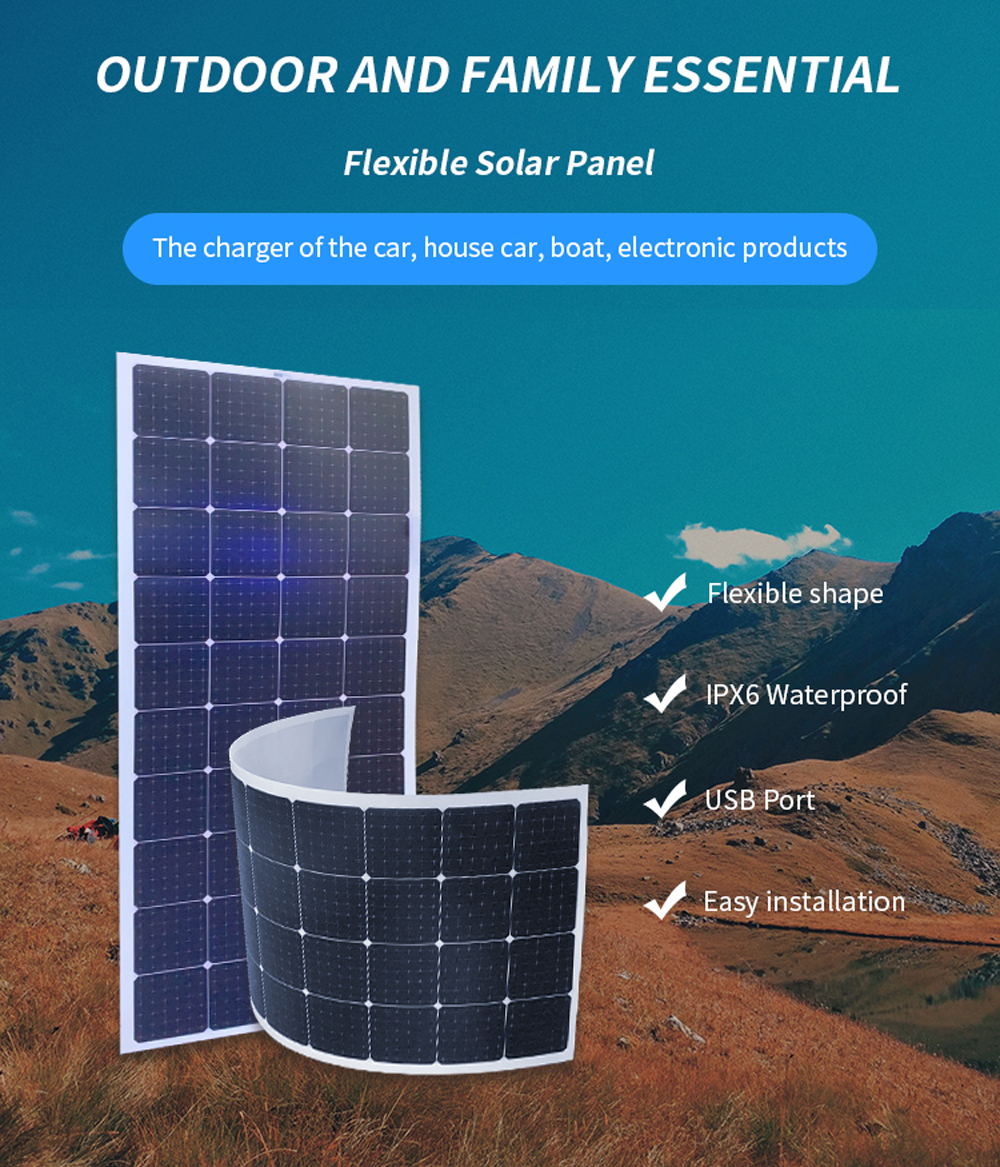
2.2 Manufacturing Process: The manufacturing process for flexible solar cells differs significantly from that of conventional cells. Conventional solar cells are typically produced using rigid and expensive techniques, such as high-temperature processing and wafer-based production. In contrast, flexible solar cells utilize roll-to-roll printing, spray coating, or vapor deposition techniques, which are compatible with large-scale and cost-effective manufacturing.
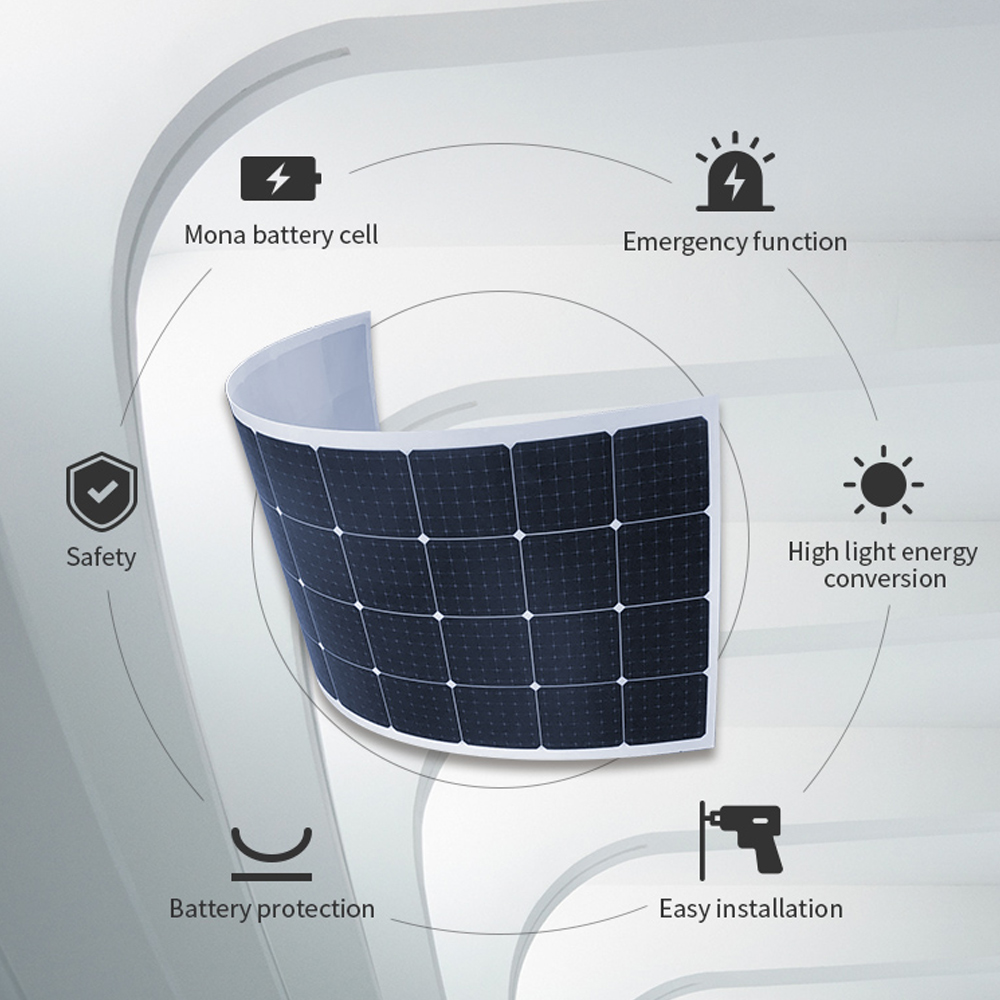
2.3 Cost and Scalability: The flexibility in manufacturing processes leads to lower production costs for flexible solar cells compared to conventional cells. The use of abundant and inexpensive materials, coupled with high-throughput fabrication techniques, enables large-scale production of flexible cells at reduced costs. This cost advantage makes them particularly attractive for applications that require low-cost, lightweight, and scalable solar power solutions.
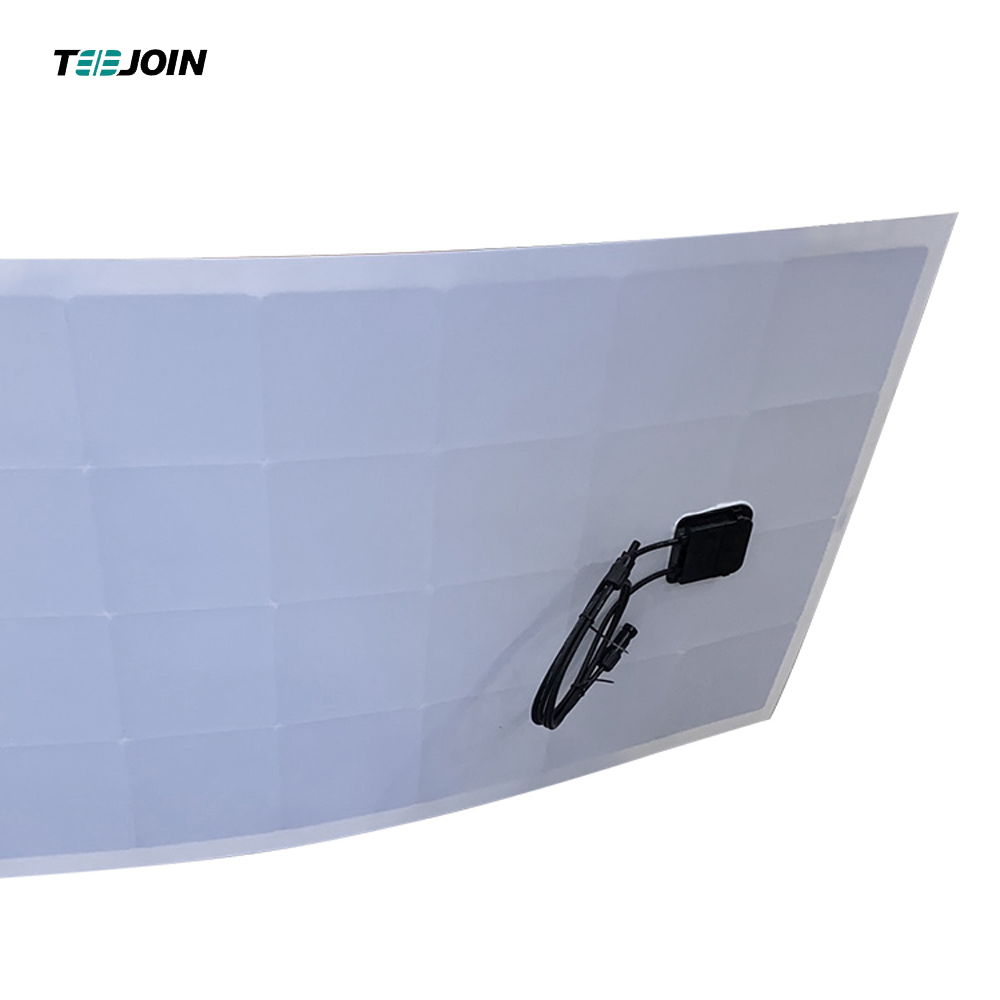
Preparation Methods for Flexible Solar Cells:
3.1 Roll-to-Roll Printing: Roll-to-roll (R2R) printing is a versatile and scalable method commonly employed in the fabrication of flexible solar cells. It involves the continuous deposition of functional layers onto a flexible substrate that is rolled from one spool to another. R2R printing allows for high-speed and cost-effective production of large-area solar cells.
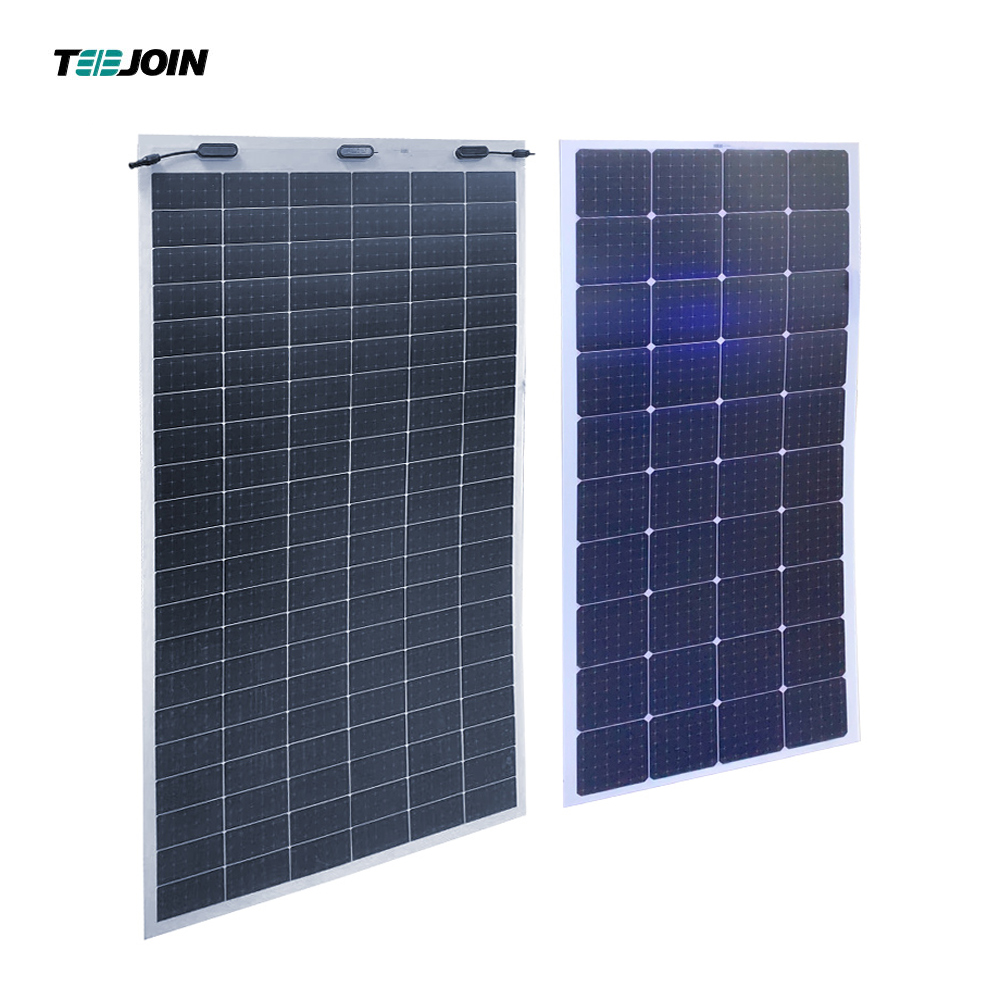
3.2 Spray Coating: Spray coating techniques involve the deposition of thin layers of active materials onto a substrate using a spray gun or nozzle. This method offers advantages such as simplicity, scalability, and the ability to coat non-uniform or textured surfaces. Spray coating is particularly suitable for the deposition of organic and perovskite materials used in flexible solar cells.
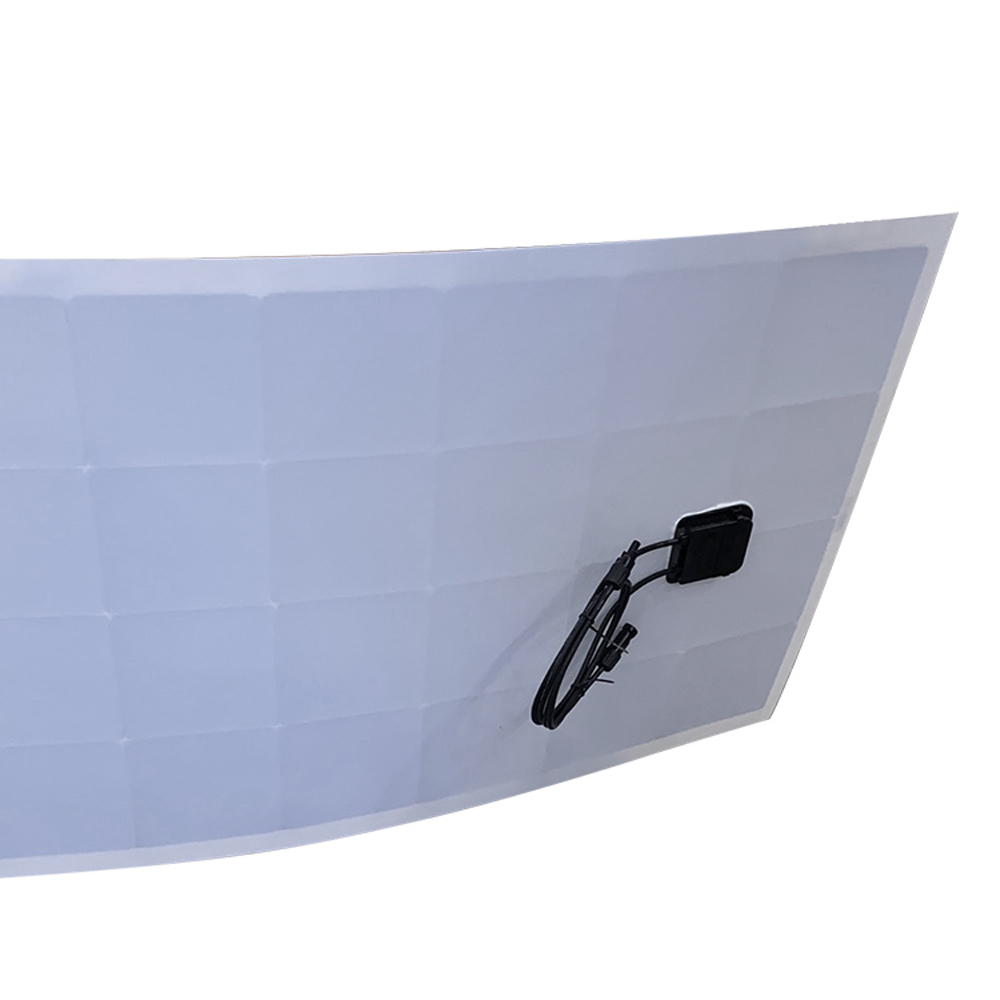
3.3 Vapor Deposition: Vapor deposition techniques, such as chemical vapor deposition (CVD) and physical vapor deposition (PVD), are widely used for depositing thin films onto flexible substrates. These methods involve the condensation of vaporized materials onto the substrate to form thin and uniform layers. Vapor deposition techniques provide excellent control over film thickness and composition, leading to precise control over the properties of flexible solar cells.
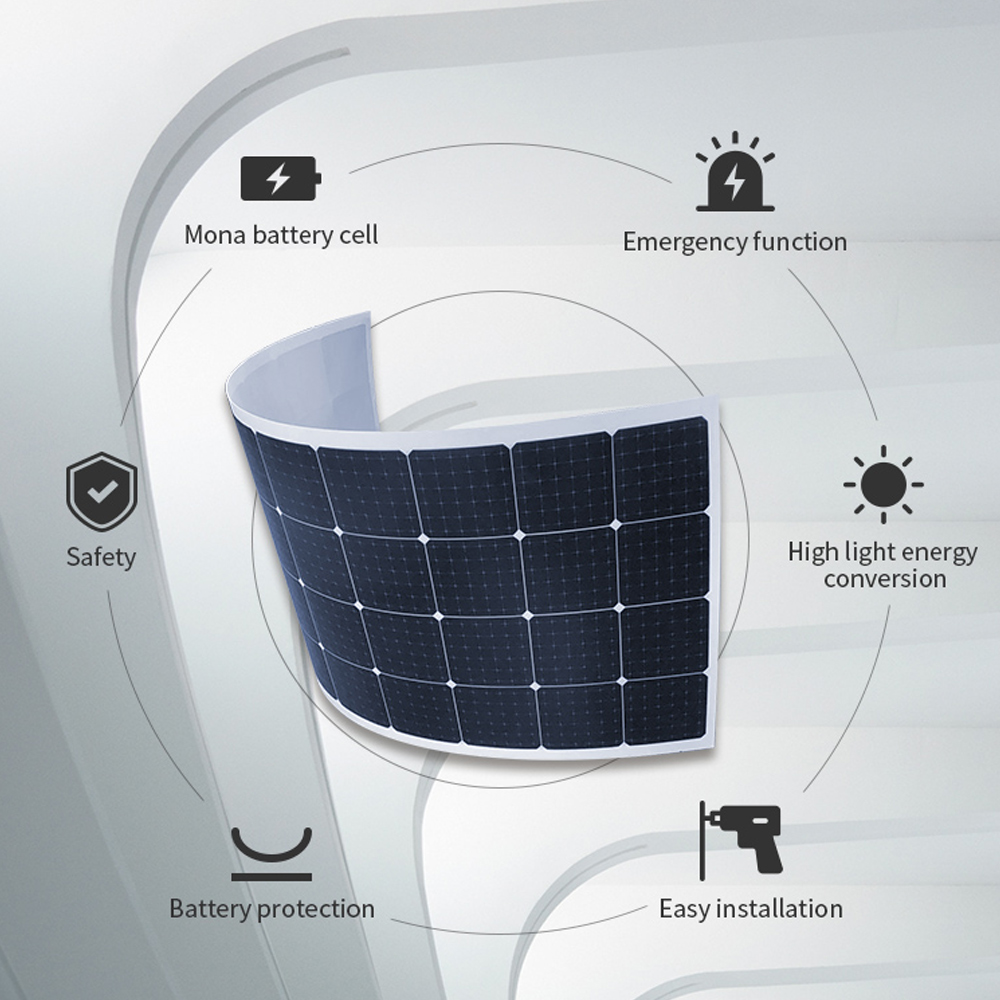
In conclusion, flexible solar cells possess unique characteristics that distinguish them from conventional solar cells. Their bendability, lightweight nature, enhanced durability, and versatile integration possibilities make them an attractive choice for a wide range of applications. While they may not yet match the efficiency of conventional cells, ongoing research and development efforts are rapidly advancing their performance. With cost-effective and scalable manufacturing methods such as roll-to-roll printing, spray coating, and vapor deposition, flexible solar cells are poised to play a significant role in shaping the future of solar energy and revolutionizing the way we harness the power of the sun.
